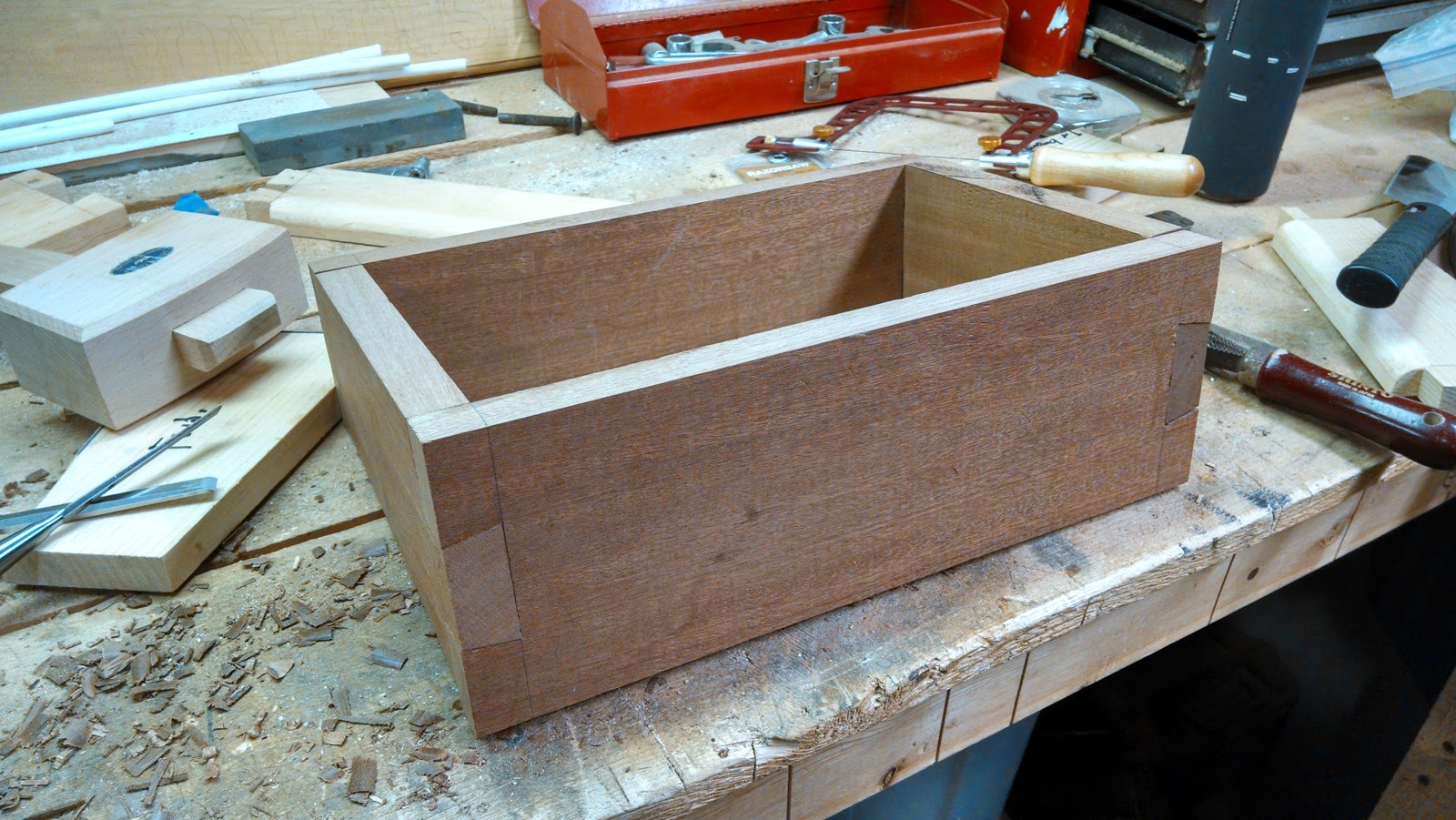 Not much to report, but I left the CPES to cure for the full 2 days as recommended and moved on to the first of many rudder laminations. My plan is to do 1 layer of 1708 biaxial on the flat sides of the rudder and then do a single layer of 6 ounce cloth in the channel where the rudder shafts are to attach (I don't think 1708 will conform to the shape very well. The shaft will be butted up directly against this layer so I don't see any need for additional protection. I haven't fully worked out what I'll do on the trailing edge; the 1708 certainly won't wrap around, but I haven't tried the 6 ounce yet to see.
Not much to report, but I left the CPES to cure for the full 2 days as recommended and moved on to the first of many rudder laminations. My plan is to do 1 layer of 1708 biaxial on the flat sides of the rudder and then do a single layer of 6 ounce cloth in the channel where the rudder shafts are to attach (I don't think 1708 will conform to the shape very well. The shaft will be butted up directly against this layer so I don't see any need for additional protection. I haven't fully worked out what I'll do on the trailing edge; the 1708 certainly won't wrap around, but I haven't tried the 6 ounce yet to see.  After I work out those details and I work my way around the rudder, I will add an additional layer of 6 ounce on top of the 1708 on the flat areas before beginning fairing and fitting the welded strap bolts on the upper shaft. In any event, I got one side glued up over the weekend with 1708 and a new epoxy (Jamestown Distributors Total Boat). It seemed to work out nicely but it was a little hard to wet out the 1708 fully. This may be related to temperature though because it was pretty cold in the shop (~55 F - ish). I had warmed up the epoxy prior to using, but the rudder itself may have been cold enough to inhibit flow a bit. Nothing to worry about, but it just made for some slow going.
After I work out those details and I work my way around the rudder, I will add an additional layer of 6 ounce on top of the 1708 on the flat areas before beginning fairing and fitting the welded strap bolts on the upper shaft. In any event, I got one side glued up over the weekend with 1708 and a new epoxy (Jamestown Distributors Total Boat). It seemed to work out nicely but it was a little hard to wet out the 1708 fully. This may be related to temperature though because it was pretty cold in the shop (~55 F - ish). I had warmed up the epoxy prior to using, but the rudder itself may have been cold enough to inhibit flow a bit. Nothing to worry about, but it just made for some slow going.With any luck I will have time to do the other side tonight and then start on the 6 ounce cloth in the shaft channel and the trailing edge of the rudder later this week.
 |
| First coat, first side done, you can see the dimples where the bolt pockets are. Those will be faired before the next layer goes on. |





















